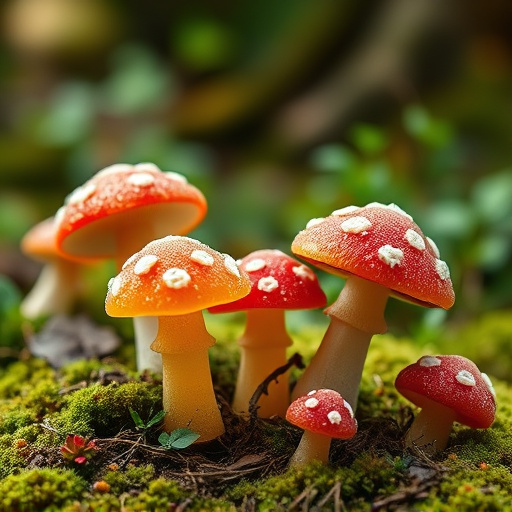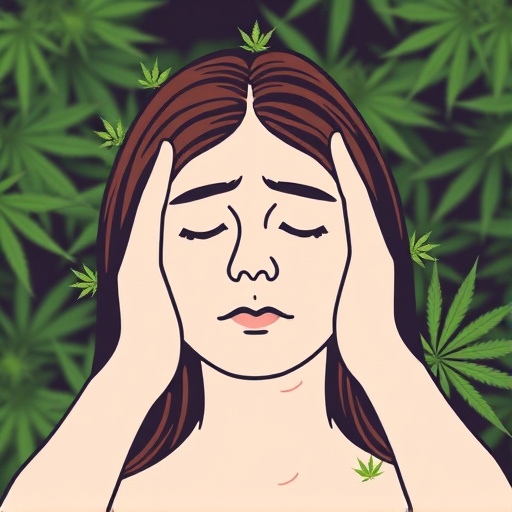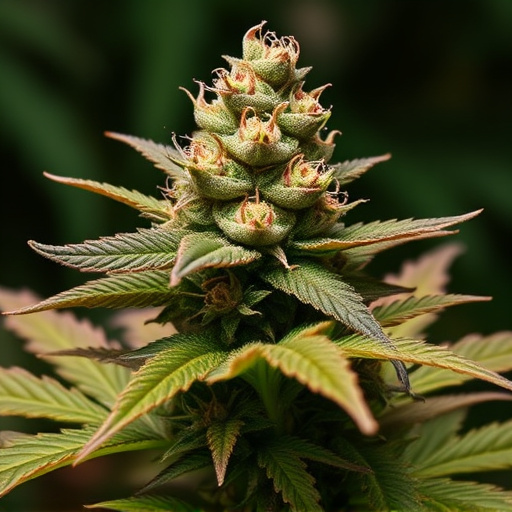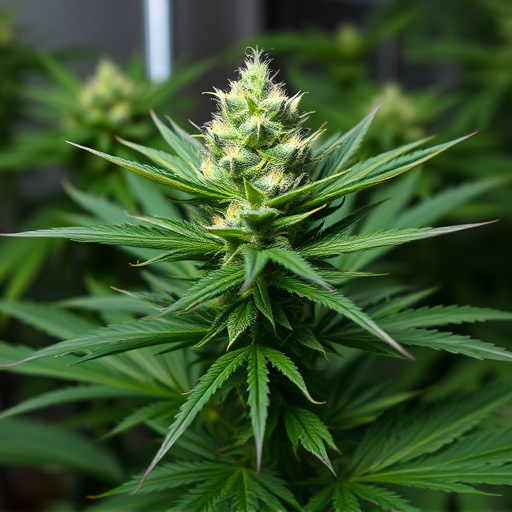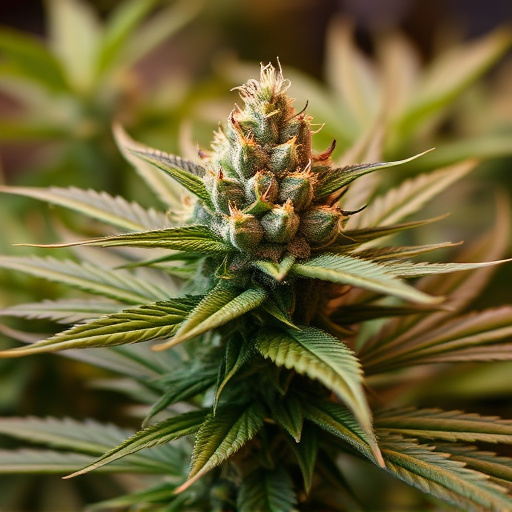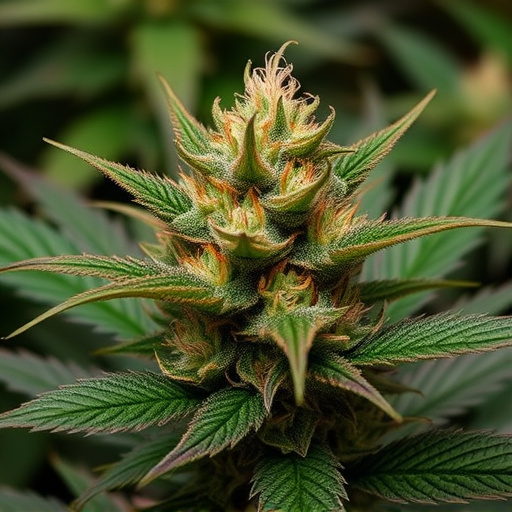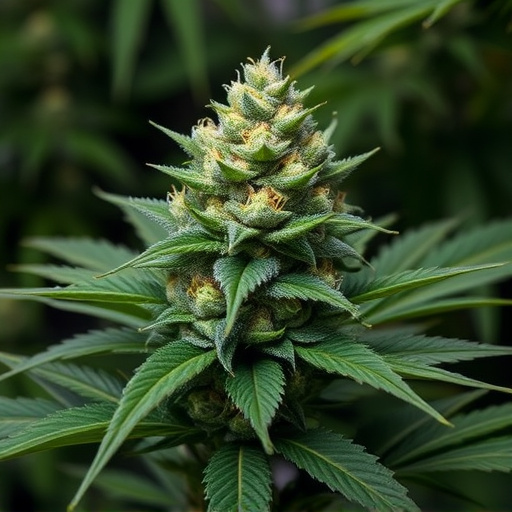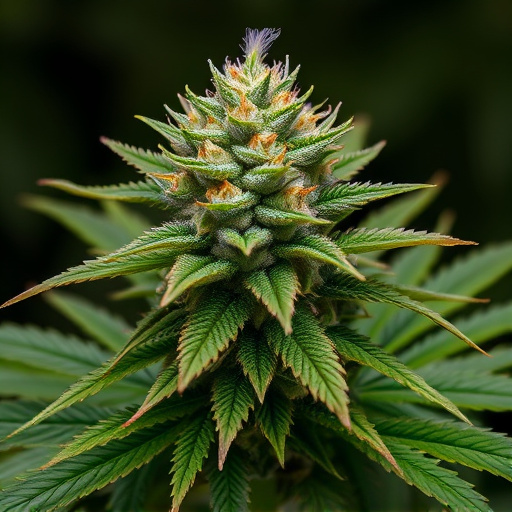The potency and effects of cannabis are driven by its genetic makeup and terpene profiles, with certain strains naturally high in THC for intense experiences. Environmental factors like soil, nutrients, climate, and cultivation methods also greatly impact cannabinoid content, allowing growers to produce some of the most potent cannabis strains. Personal biology, including genetics and tolerance development through consumption, significantly influences how individuals react to cannabis, emphasizing responsible and educated dosing when consuming the most potent cannabis strains.
“Uncover the complex web of factors that shape the effects of cannabis in this comprehensive guide. From genetic composition and terpene profiles to environmental cultivation, each element plays a crucial role in determining potency. We explore how specific strains, nurtured under optimal conditions, can offer enhanced experiences. Additionally, we delve into the unique biological responses of individuals, highlighting the importance of personalized tolerance. Discover why ‘most potent cannabis strains’ aren’t just about genetics—it’s a delicate interplay of science and nature.”
- Genetic Composition and Terpene Profiles: Unlocking the Potency of Cannabis Strains
- Environmental Factors: How Soil, Climate, and Cultivation Methods Impact Effectiveness
- Individual Biology and Tolerance: Understanding Personalized Responses to Cannabis Consumption
Genetic Composition and Terpene Profiles: Unlocking the Potency of Cannabis Strains

The genetic composition and terpene profiles of cannabis plants play a pivotal role in determining their potency and unique effects. Each strain boasts a distinct combination of cannabinoids, such as THC and CBD, along with a variety of terpenes, which are aromatic compounds contributing to the plant’s scent and flavor. These chemical constituents interact synergistically, creating what is often referred to as the “entourage effect,” enhancing or modifying the overall experience.
Certain genetic lineages have naturally evolved higher concentrations of THC, consistently ranking among the most potent cannabis strains. Meanwhile, specific terpene profiles can intensify specific effects, with myrcene known for its sedative qualities and pinene evoking a refreshing, cerebral high. Understanding these nuances allows users to select strains that align best with their desired outcomes, whether seeking profound relaxation or an invigorating boost in energy and focus.
Environmental Factors: How Soil, Climate, and Cultivation Methods Impact Effectiveness

Environmental factors play a significant role in shaping the effectiveness and potency of cannabis strains, making them an essential consideration for growers and consumers alike. The soil’s composition and nutrient content can greatly impact the plant’s growth and cannabinoid production. Rich, well-drained soil with optimal pH levels fosters healthier plants, often resulting in higher concentrations of desirable compounds, including THC and CBD, which are key factors in determining the most potent cannabis strains.
Climate conditions also leave their mark on cannabis plants. Different environments encourage specific cannabinoid profiles. For instance, cooler climates may promote the development of more terpenes, while warmer regions can lead to increased levels of THC. Cultivation methods, such as indoor growing versus outdoor cultivation, further complicate the equation. Controlled indoor settings allow for precise environmental manipulation, enabling growers to optimize conditions for specific strains and potentially create some of the most potent cannabis strains available on the market.
Individual Biology and Tolerance: Understanding Personalized Responses to Cannabis Consumption
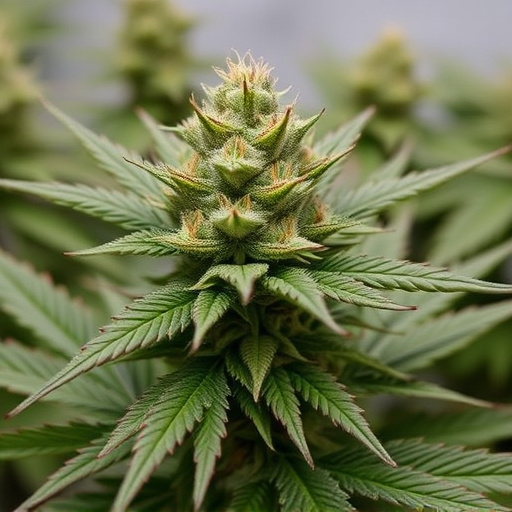
Cannabis consumption yields vastly different experiences among individuals, and understanding personal biology is key to unlocking this variability. Genetic predispositions play a significant role in how one’s body interacts with cannabis compounds, particularly THC (tetrahydrocannabinol), the primary psychoactive component. Variations in genes responsible for metabolizing THC can influence its potency and duration of effects, leading to experiences ranging from uplifting and relaxing to anxious or paranoid feelings.
Building on this, tolerance development is another critical factor. Regular consumption of cannabis, especially of more potent strains like those known for their high THC content, leads to increased tolerance. This means that over time, the same dose will produce weaker effects, prompting users to seek stronger varieties to achieve desired experiences. This cycle highlights the importance of personal responsibility and mindfulness in cannabis use, as well as the need for education on personalized dosing.
Understanding the multifaceted factors that influence cannabis effects is key to unlocking the full potential of this complex plant. From genetic composition and terpene profiles, which determine the potency of various strains, to environmental conditions that impact growth and cultivation, each element plays a crucial role in shaping the user’s experience. Moreover, individual biology and tolerance highlight the personalized nature of cannabis responses. By considering these factors, consumers can make informed choices about the most potent cannabis strains for their desired effects, ensuring a safe and effective experience.
